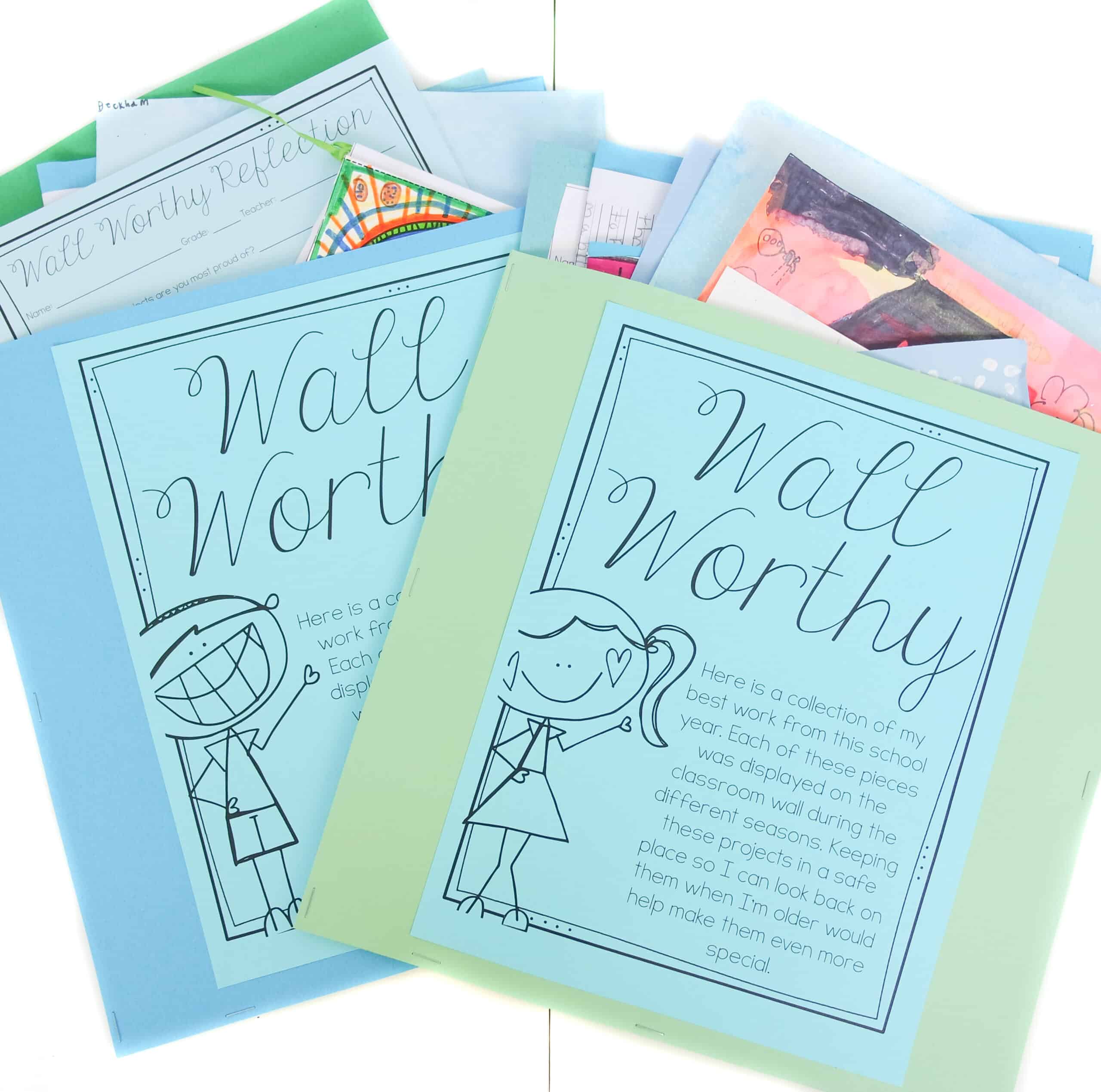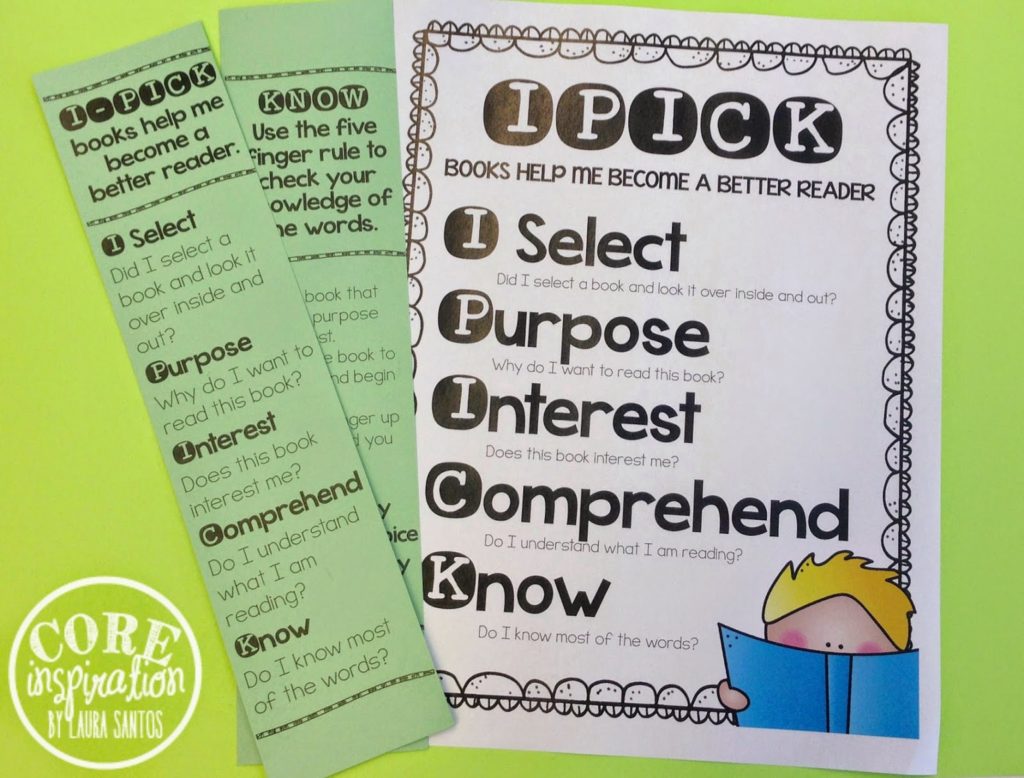
The schedule I outlined was tweaked several times during the process of introducing each Daily 5. As recommended in The Daily 5, Second Edition, the first routine I introduced was Read to Self.
In addition to the three recommended foundation lessons (found in the book):
I added on a few of my own foundation lessons to match our classroom routines and support students in the successful use of our Read to Self supplies:
This is my fifth year using IKEA’s Flyt Magazine Files as book bins. The kids are thrilled when they received their own blank canvas to decorate and personalize with markers during the first week of school. Not to mention, they are a classroom budget dream come true! They do tend to get a little tattered but you can always refresh them mid-year if needed. I’ve always wanted to but never have…one of those things you can add to the bottom of your to-do list. 🙂
The more organized and visually appealing your classroom library is, the harder it is to keep young readers away from it! Taking time to label each book in your classroom library and grouping similar books in easy-to-use bins and baskets makes your classroom library inviting and fun for kids to navigate.
In my fifth year of having my own classroom, I can finally say I am with my classroom library. Each book is labeled with a full-color genre label.
These book labels match a larger full-color label card attached to the outside of each book bin, basket or shelf. This organization system is a breeze to teach kids because it is 100% visual. Interested in transforming your classroom library? My Library Labeling Kits in chalkboard or white can help you get the job done in a jiffy!
I introduce my students to the labeling system mentioned above, model the process for finding the genres that match their interests, model browsing the books within each bin or shelf and using the colorful labeling system to return books safely to their rightful place in the library when they are done reading.
I also include reminders about removing bookmarks, placing books on shelves spine out, right side up and tidying up any shelf they explore.
My IPICK Bookmark FREEBIE is a handy way to provide your students with a quick reference of the IPICK process and the Five Finger Rule. I provide each student with two bookmarks for the classroom. This is a visually supports my encouragement to read no more than two books at a time so they can keep their story lines and characters straight.

They get an additional “Special Edition Bookmark” for home…it’s special because it’s laminated. So. Schnazzy.
I introduce these bookmarks the day after I finish my IPICK lesson series outlined in The Daily Five Second Edition.The students and I came up with a list of ideas for using the bookmark. These included using it to mark their spot in their book (loved their enthusiasm for this obvious function), to remind them how to use the Five finger Rule when checking books out of the library and to help them double-check the books they are interested in are gen-u-ine IPICK books that meet all the requirements.
There are plenty of options for pre-made whisper phones that you can buy, but my crafty side was inspired by Teacherific in Second Grade’s post on these whisper phone made from PVC pipe and duct tape.
To teach students how to whisper, I have them place their fingers over their throats near their larynx. First, we speak in a regular voice saying something like “This is my regular
voice”. We briefly discuss the vibration that is felt when we speak in a regular voice.
I then have them place their hand back over their larynx and have them whisper “This is my whisper voice”. We discuss the difference between the vibrations felt when we changed the volume of our voice.
I then challenge them to lower their voice even further so the vibration they feel disappears all together. This is what we call our “teeniest tiniest voice”.
Students are encouraged to use their teeniest tiniest voice when reading into the whisper phones. Any time I need to remind them to lower the voice during Daily 5, I accompany the reminder with a tap on my throat near my larynx as a visual reminder of what a whisper “feels” like.
Watching my second graders use their whisper phones for the first time tugged on my heartstrings. They are in absolute awe as their barely-heard whisper is amplified when they hold their phone to their ear. Love it!
These extra foundation lessons have totally personalized the Daily 5 Read to Self experience for my class and I plan to use all four of them again next year.

I’ve been an elementary teacher for ten years, and love sharing tips and resources that make differentiated learning more manageable for you. Thank you for visiting.
Learn More
Dropping by with weekly tips, classroom strategies, and free content created with you in mind.
Join me and other 2nd through 4th grade educators in the Teaching with Core Inspiration Facebook Group. This is a place to collaborate, ask questions, and learn how teachers like you are using Core Inspiration resources in their classrooms. Hope to see you there!
© 2024 Core Inspiration ∙ Website by KristenDoyle.co
One Response
I teach my kids to make their book box look like the side of a mountain, from tallest item to shortest. I try to remind them to organize it once a week, but also tell them if they always book each item back where it goes, they never have to “reorganize” it. For some kids, the lesson sticks but others need several reminders because they’ve never been taught to keep things tidy before.